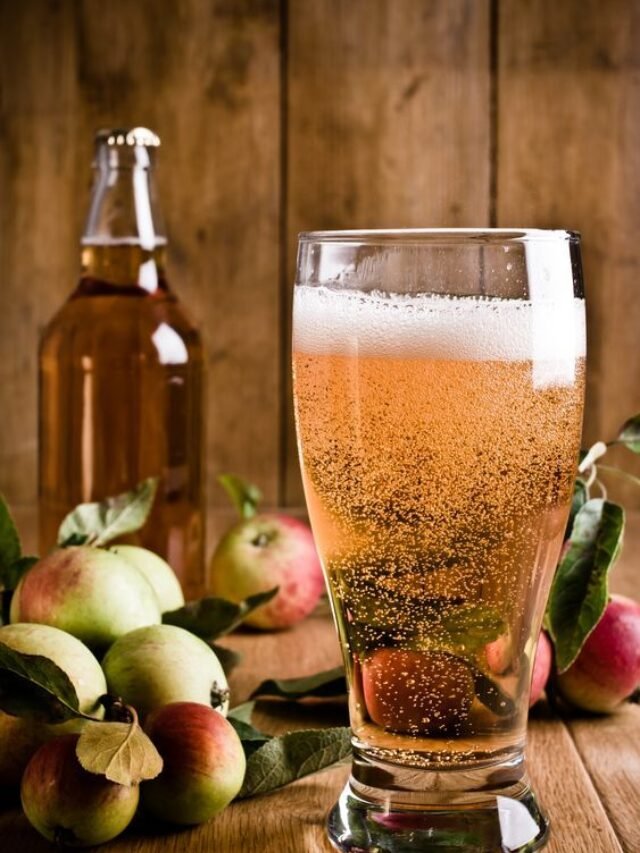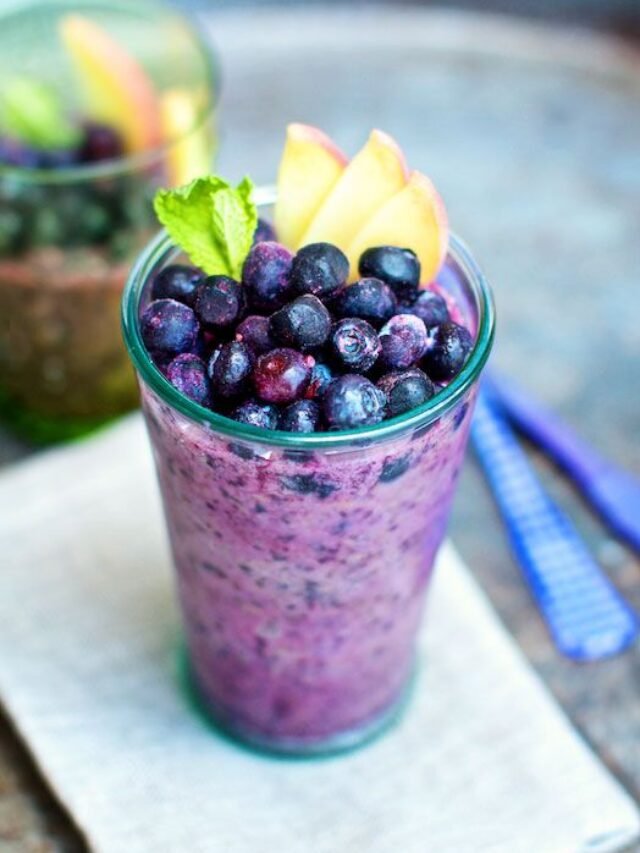In the realm of comfort food, few dishes embody the warmth and satisfaction quite like macaroni and cheese. It’s a classic, beloved by many for its creamy texture and cheesy indulgence.

However, when you introduce butternut squash and sausage into the mix, you elevate this beloved dish to new heights of flavor and complexity.
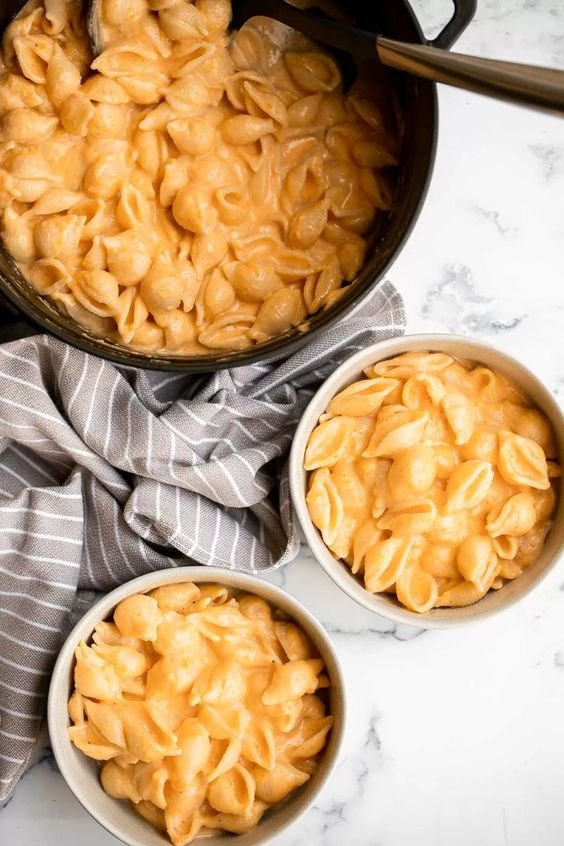
This culinary fusion combines the creamy richness of butternut squash with the savory goodness of sausage, creating a symphony of flavors that dance on your taste buds.
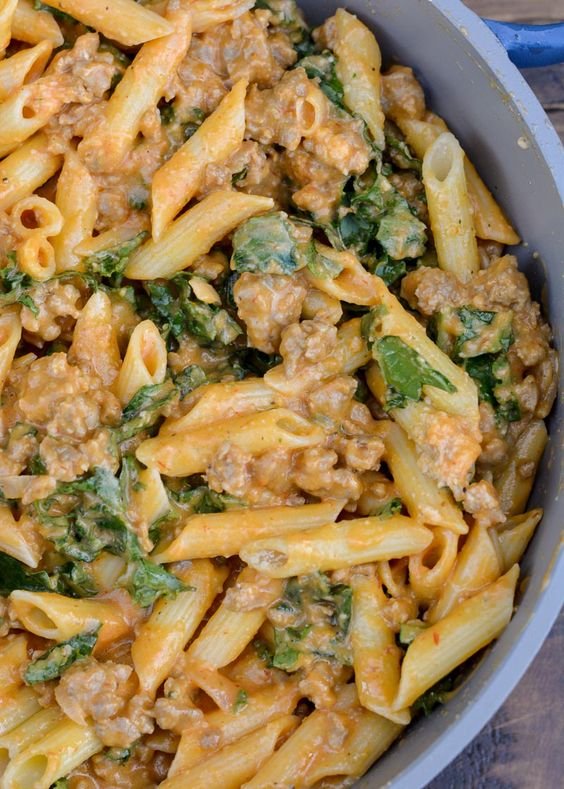
In this exploration, we delve into the art of crafting butternut squash mac and cheese with sausage, from the selection of ingredients to the meticulous preparation process.

- See More
- Simple italian dressing chicken marinade for grilling
- Simple vegetable quiche recipe without pastry
- Easy chocolate chip banana bread without butter or oil
- Roasted butternut squash soup with ginger and coconut milk
- Apple Crisp Oatmilk Macchiato gluten free
How do you make Gordon Ramsay mac and cheese?
To make Gordon Ramsay’s mac and cheese, start by cooking macaroni until al dente. In a saucepan, melt butter, whisk in flour, then gradually add milk, stirring until thickened. Add Dijon mustard and a mix of cheeses until melted and smooth.
Combine the cheese sauce with cooked macaroni, transfer to a baking dish, and bake at 350°F (175°C) until golden brown. Garnish with fresh herbs and serve hot. This recipe showcases Ramsay’s emphasis on quality ingredients and precise technique, resulting in a creamy, flavorful mac and cheese that’s both comforting and gourmet.

What are 3 ways you can eat butternut squash?
Butternut squash offers versatile culinary possibilities. One way to enjoy it is roasted, simply seasoned with olive oil, salt, and pepper for a caramelized sweetness. Alternatively, butternut squash makes a creamy and comforting soup when blended with broth and aromatic spices like nutmeg and cinnamon.
For a nutritious twist, spiralize butternut squash into noodles and sauté them with garlic and herbs for a healthy, low-carb pasta alternative. Whether roasted, blended into soup, or transformed into noodles, butternut squash offers delightful flavors and textures that can elevate any meal.
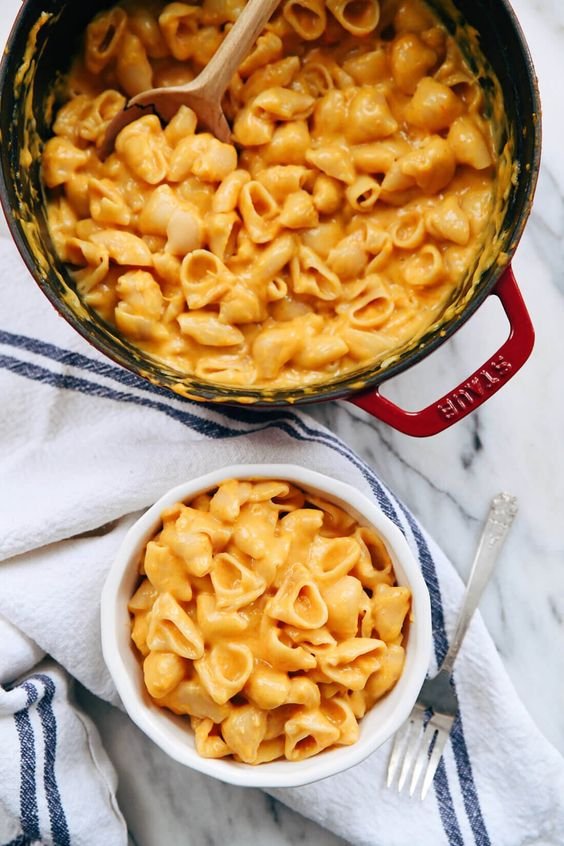
How do you make mac and cheese creamy again?
To restore the creaminess of mac and cheese, start by adding a splash of milk or cream to the dish. Reheat the mac and cheese gently over low heat, stirring constantly to incorporate the milk and prevent sticking. If the sauce still appears too thick, gradually add more milk until you reach the desired consistency.
Additionally, melting a small amount of butter into the sauce can enhance its silkiness. Avoid overheating to prevent the sauce from becoming grainy or separating. With these simple steps, you can revive the creamy texture of your mac and cheese for a satisfying and indulgent experience.
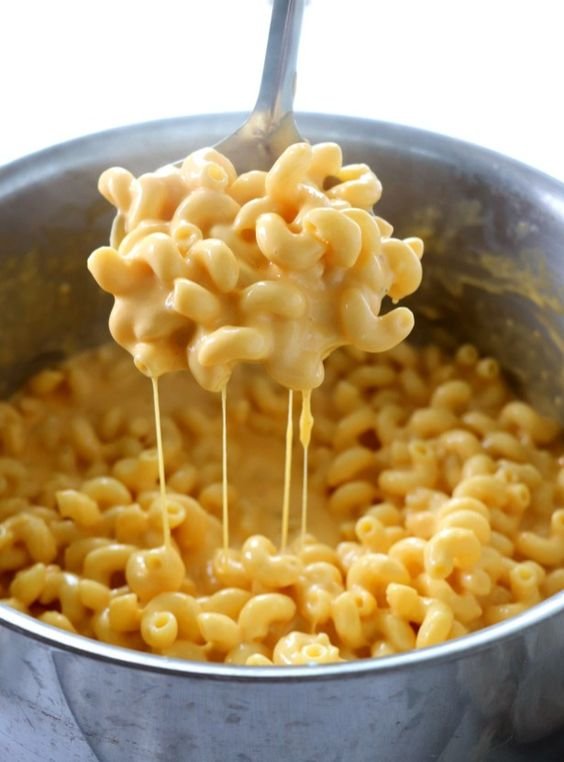
Why is butternut squash so filling?
Butternut squash is exceptionally filling due to its high fiber content and low glycemic index. Fiber adds bulk to meals, promoting a feeling of fullness and aiding in digestion, while the low glycemic index helps regulate blood sugar levels, preventing rapid spikes and crashes in energy.
Furthermore, butternut squash is rich in complex carbohydrates, which provide sustained energy release, keeping hunger at bay for longer periods. Its dense texture and satisfying sweetness also contribute to a sense of satiety. Incorporating butternut squash into meals can thus promote feelings of fullness and help maintain a balanced and satisfying diet.

Butternut squash mac and cheese with sausage
Ingredients
- 1 butternut squash peeled and diced
- 8 oz. pasta (such as elbow macaroni or penne)
- 8 oz. sausage (pork, chicken, or plant-based), sliced
- 2 cups shredded cheese (cheddar, Gruyère, or a blend)
- 1 cup milk (or dairy-free alternative)
- 2 tablespoons butter (or olive oil for a dairy-free option)
- 2 cloves garlic, minced
- 2 tablespoons all-purpose flour (or gluten-free flour)
- ½ teaspoon dried thyme
- Salt and pepper to taste
Optional: breadcrumbs for topping
Optional: chopped fresh parsley for garnish
Instructions
Preparing the Squash:
- Start by peeling and cubing the butternut squash, removing the seeds and stringy flesh.
- Boil or roast the squash until tender, then mash or puree it until smooth. This will form the base of your creamy sauce.
Cooking the Pasta:
- Cook the macaroni according to the package instructions until al dente.
- Drain the pasta and set it aside while you prepare the remaining components of the dish.
Sautéing the Sausage:
- In a skillet, cook the sausage until browned and cooked through, breaking it into smaller pieces as it cooks.
- Once cooked, transfer the sausage to a plate lined with paper towels to drain any excess grease.
Making the Cheese Sauce:
- In a saucepan, melt butter over medium heat, then whisk in flour to create a roux.
- Gradually pour in milk, whisking continuously until smooth and thickened.
- Add the mashed butternut squash to the sauce, stirring until well combined and creamy.
- Gradually add the shredded cheese, stirring until melted and incorporated into the sauce.
- Season the sauce with salt, pepper, and any additional spices or herbs to taste.
Combining and Baking:
- Preheat your oven to 350°F (175°C).
- In a large mixing bowl, combine the cooked macaroni, cooked sausage, and butternut squash cheese sauce, stirring until evenly distributed.
- Transfer the mixture to a greased baking dish, spreading it out into an even layer.
- If desired, sprinkle extra cheese on top for an irresistible golden crust.
- Bake the mac and cheese in the preheated oven for 20-25 minutes, or until bubbly and golden brown on top.
Serving and Enjoying:
- Once baked to perfection, remove the butternut squash mac and cheese with sausage from the oven and let it cool for a few minutes.
- Serve portions of the creamy, indulgent dish onto plates, garnishing with fresh herbs or a sprinkle of freshly ground black pepper if desired.
- Pair it with a crisp green salad or some crusty bread for a satisfying meal that's sure to please even the most discerning palates.
Video
Frequently Ask Question
Does butternut squash keep you full?
Yes, butternut squash can help keep you full due to its high fiber content and low glycemic index, which promote satiety and stabilize blood sugar levels. Its dense texture and satisfying sweetness contribute to a sense of fullness, making it a satisfying addition to meals.
Why is squash so filling?
Squash is filling due to its high fiber content, which aids in digestion and creates a sense of fullness. Additionally, it contains complex carbohydrates that release energy gradually, keeping you satisfied for longer periods. Its water content also contributes to satiety, promoting hydration and helping curb appetite.
Why is butternut squash so good? –
Butternut squash is beloved for its sweet, nutty flavor and creamy texture. Packed with essential nutrients like vitamins A, C, and E, as well as fiber and antioxidants, it supports overall health. Versatile in cooking, it can be roasted, mashed, or blended into soups, making it a delicious and nutritious addition to any meal.
Why does butternut squash make me bloated? –
Butternut squash may cause bloating in some individuals due to its high fiber content, which can be difficult to digest for sensitive stomachs. Additionally, certain compounds in squash, such as oligosaccharides, can ferment in the gut, leading to gas production and bloating. Moderation and proper cooking techniques may alleviate discomfort.
Can I eat butternut everyday?
Eating butternut squash daily is generally safe and nutritious due to its rich array of vitamins, minerals, and fiber. However, excessive consumption may lead to imbalances in certain nutrients or digestive discomfort for some individuals. Variety in diet is key for obtaining a wide range of nutrients and preventing potential adverse effects.
Is butternut squash OK for weight loss?
Butternut squash can support weight loss due to its low calorie and high fiber content, promoting satiety and aiding in portion control. Its rich nutrient profile also provides essential vitamins and minerals, supporting overall health during weight loss efforts. Incorporating it into a balanced diet can contribute to successful weight management.
Can I eat butternut squash raw?
While butternut squash is typically consumed cooked, it can be eaten raw in small amounts. However, raw squash may be harder to digest and lacks the caramelized sweetness achieved through cooking. It’s best to peel, seed, and finely slice or grate it for salads or use it sparingly in raw dishes.
Is pumpkin healthier than butternut?
Pumpkin and butternut squash offer similar health benefits, both being low in calories and high in vitamins, minerals, and fiber. However, pumpkin tends to have slightly fewer calories and carbohydrates per serving. Both are nutritious choices, and the best option depends on personal taste preferences and culinary uses.
When should you not eat squash?
Avoid consuming squash that shows signs of spoilage, such as mold, soft spots, or unpleasant odor. Additionally, individuals with certain allergies or sensitivities to squash should refrain from eating it. Those with specific medical conditions, like certain types of kidney stones, may need to limit their intake due to the oxalate content.
Is butternut squash easily digested?
Butternut squash is generally well-tolerated and easily digested for most people due to its moderate fiber content and soft texture when cooked. However, individuals with sensitive stomachs or digestive issues may experience discomfort if consuming large amounts or if the squash is not cooked thoroughly.
What does butternut squash mac & cheese taste like?
Butternut squash mac and cheese has a creamy, savory taste with a hint of sweetness from the squash. The butternut squash adds richness and depth to the dish, complementing the cheesy flavor. It’s a satisfying combination of comfort food and nutritious ingredients, offering a delightful balance of flavors.
What do I serve with butternut squash macaroni and cheese?
Butternut squash macaroni and cheese pairs well with a variety of side dishes. Consider serving it alongside a fresh green salad with a tangy vinaigrette to balance the richness of the dish. Alternatively, roasted vegetables like Brussels sprouts or broccoli can add texture and depth to the meal.
What do I serve with butternut squash macaroni and cheese?
For a balanced meal, consider serving a fresh green salad with a tangy vinaigrette to complement the richness of the butternut squash macaroni and cheese. Additionally, some crusty bread or garlic bread would be delightful for soaking up any remaining sauce. Enjoy this comforting dish with loved ones!
What can I use instead of kale?
Spinach or Swiss chard can serve as excellent alternatives to kale in your dish. Their tender leaves and mild flavors provide a similar texture and nutritional boost. Alternatively, arugula or collard greens can offer a slightly different taste profile, adding depth and variety to your recipe.
Can I add a protein?
Certainly! Adding protein can enhance the nutritional value and make the dish more satisfying. Consider incorporating cooked chicken, turkey, or bacon for a meaty option. For a vegetarian twist, try adding chickpeas, black beans, or tofu. These additions will elevate your butternut squash macaroni and cheese into a wholesome meal.
Conclusion:
Gordon Ramsay’s mac and cheese is a testament to the power of simple, quality ingredients and expert culinary technique. By combining creamy cheeses, a velvety sauce, and perfectly cooked pasta, Ramsay has created a dish that is both comforting and refined. Whether enjoyed on a cozy evening at home or served as a centerpiece at a dinner party, this mac and cheese is sure to delight and satisfy even the most discerning of palates. So, gather your ingredients, channel your inner chef, and prepare to experience the magic of Gordon Ramsay’s signature mac and cheese firsthand.
Nutrients
| Calories: 369kcal |
| Carbohydrates: 41g, |
| Protein: 15g |
| Fat: 17g, |
| Saturated Fat: 9g |
| Polyunsaturated Fat: 1g, |
| Monounsaturated Fat: 5g |
| Iron: 2mg |
| Calcium: 323mg |
| Vitamin C: 12mg |
| Vitamin A: 5477IU |
| Sugar: 6g, |
| Fiber: 3g |
| Potassium: 368mg |
| Sodium: 294mg |
| Cholesterol: 45mg |
| Trans Fat: 0.1g |

